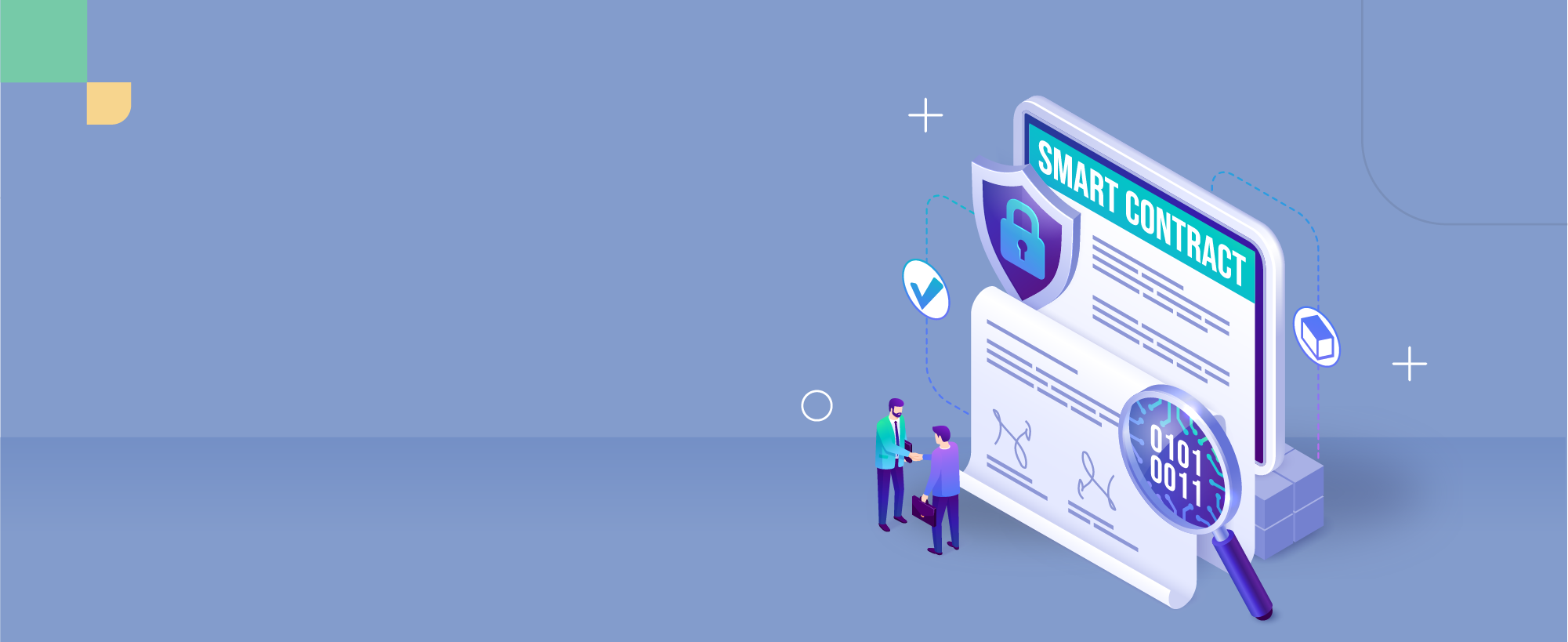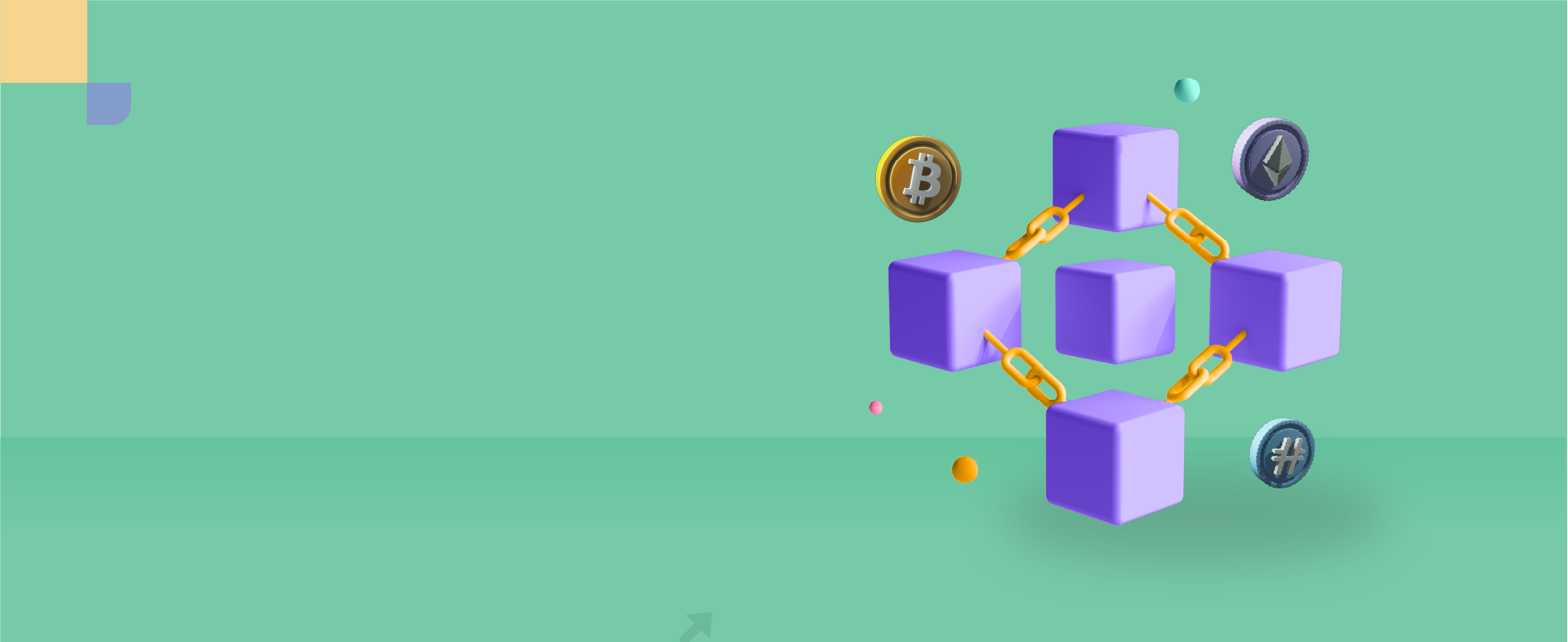What is Web 3.0?
As of now most of our activities within the social media platforms are being stored and shared to the centralized platforms. These platforms are the trusted parties to ensure the safety of our social media accounts. In return, the social media platforms can monitor and use the users data within their platforms for advertising or commercial purposes. This means when interacting with these platforms, users need to agree to these conditions beforehand.
What if users can take control of their own data and ensure their own privacy within the internet?
This is why the term Web 3.0 sticking out to the internet space as the new World Wide Web (WWW) version that combines ideas such as decentralization, blockchain technology, and token-based economy. Web3 is dubbed as the future of the internet.
But what exactly is Web 3.0? Why is it heavily associated with the cryptocurrency space?
Introduction
The rapid development of crypto and blockchain technology has fueled the development of many new things such as DeFi, NFT, DAO, etc. Web 3.0 is one of the new technologies that are applicable using the decentralization of the blockchain networks and grant peer-to-peer access using the crypto/token-based economy.
The crypto and blockchain technology impacted not only on finance industries, its development will impact more and more business sectors in the future as its technologies matures and its utility becomes mainstream.
The term Web 3.0 was coined since 2014 from Gavin Wood, the founder of Polkadot and was the co-founder of the Ethereum Foundation. Gavin Wood refers the Web 3.0 as a decentralized online ecosystem that is based on the blockchain. However Web 3.0 just gained popularity by 2021, mostly Web 3.0 became popular due to large interest within the cryptocurrency enthusiasts.
What Is Web 3.0? And How Does It Work?
To put it simply, Web 3.0 is the third generation of the internet network that runs decentralized using the distributed networks (blockchains).
Web 3.0 rewiring how the internet web protocol works by using blockchain to change how information is stored, shared, and owned. Web 3.0 gives users more or even all control over user own information. Moreover, from the Web 3.0 users are able to connect with each other in a decentralized ecosystem, without any intermediaries between them.
Web 3.0 can also be called as an extension of cryptocurrency, since it is using blockchain in similar methods. A blockchain can store crypto assets in a wallet, self-executing smart contracts and DApps’ protocol codes. Similar to cryptocurrency, Web 3.0 works in the same permissionless fashion, where there are no central authority to rule its operation and don’t require users to trust or even know anything about the other users.
Today websites typically present static data or user-generated content, such as forums or social media. While this allows data and content to be published to the masses, the social media and forums’ platform providers generally act as an intermediary or trusted parties. Users need to register to these platforms’ websites and trust their personal information stored to the providers. In Web 3.0, Blockchain provides a better method to manage this online information and data, along with its ownership.
Evolution of Web — Web 1.0 and Web 2.0
● Web 1.0: Read-Only
Web 1.0 term referring to the first stage of the World Wide Web’s evolution, from around 1989 to 2004.
In this Web 1.0 era, the content creators are very few and the vast majority of users simply act as consumers of content (reader only). It is a tiny network that links governmental organizations with academic institutions from various universities. Internet users in this era can only use the internet to read and find information, consider it as a newspaper that runs on the internet networks. Users interaction are also very limited and almost no interactions at all during this era.
● Web 2.0: Read and Write
Web 2.0 term refers to websites era that prioritize user-generated content, ease of use, participatory culture, and interoperability to other users. This era is also known as the social web era.
In this Web 2.0 era, websites enable users to communicate, interact and collaborate with each other as creators of user-generated content in a virtual community through social media dialogues.
Web 2.0 marks the rise of the social media era, where social interaction was launched by two social media platforms, Facebook and Myspace at the time. After that, Google and Youtube discovered the concept of searching, creating, and sharing content for educational and entertainment purposes. Web 2.0 allows users to not only read, but also act as the writer (creator) of the information displayed through the websites.
Naturally, the social web era gave birth to a lot of new internet-based jobs and industries we all know today. However this era creates new problems, which is heavy centralization.
Several companies such as Google, Meta (Facebook), Youtube and Amazon monopolize most content and information on the internet. When users access Google or Facebook websites then the company behind said website has the right to access users personal information within their website. The companies then use its user data as monetization tools that benefit the companies.
Despite some attempts to give users more control over their data, by regulation or governments consent, there are still a lot of unauthorized targeted ads without any means to control them entirely. This creates a dilemma, where currently users have capabilities to write and create their own content, but its data and information are being held by centralized companies.
This problem make way to the new way of internet website of Web 3.0
● Web 3.0: Read, Write and Trust
When we are aware of current Web 2.0 problems, it needs to be solved with the help of the new peer-to-peer technology to reduce and even remove entirely the centralized social media providers.Web 3.0 attempts to minimize the influence of powerful Web 2.0 companies. Users hopefully are able to regain control over their content and ownership of their data through decentralization.
On the Web 3.0 network, websites and platforms do not communicate hierarchically and do not have control over their users. Both platforms and users hold equal position within the Web 3.0 network. In addition to its decentralization, Users can participate in the platform’s regulation, this is the only thing that was not possible in the Web 1.0 and Web 2.0 eras.
Difference between Web 1.0, Web 2.0 and Web 3.0
Web 3.0 Characteristics
| WEB 1.0 | WEB 2.0 | WEB 3.0 |
| Passive read-only content | Social platforms and user-generated content | Community platforms and user-owned content |
| Simple HTML | Dynamic HTML, Javascript, CSS | Blockchain, AI, machine learning |
| Annoying advertising | Targeted advertising | Interactive targeted advertising |
| Individual servers | Individual or company servers | Distributed servers |
| Random audiences | Specific community of users | Interconnected users |
● Trustless and Permissionless
Since intermediaries are no longer involved, they won’t have any control over user data and users do not need to trust their data to the intermediaries.
● Community-governance
Naturally, decentralization is essential to Web 3.0’s success. The Web 3.0 era is marked by the self-governance concept in which various platforms and applications implement the DAO system (Decentralized Autonomous Organization). The DAO system allows participation of users to vote for the platform rules. The self-governance model is a move away from the centralized model used by big companies such as Google, Facebook and other Web 2.0 companies.
● True data ownership
The existence of users’ true data ownership is a key feature of the Web 3.0 era. Users will be able to take control of their data, even monetize it if they wish. By encrypting user data, blockchain technology and cryptocurrency provide anonymity when users engage in transactions within the Web 3.0 applications. This means the platforms and Web 3.0 businesses do not have access to the personal information of their customers.
● Open-source
The programming and application code in Web 3.0 platforms are open-source and available for any developers to use and modify its code, either to contribute to upgrading the platforms or creating new Web 3.0 applications.
Examples of Web 3.0 Applications
1. Ocean Protocol
The Ocean Protocol offers a dataset tokenization service that turns data into ‘datatokens,’ which are then stored in the blockchain. Ocean Protocol allows businesses and individuals to exchange and monetize data. Ocean Protocol is one of the Web 3.0 platforms that have the potential to create a new data marketplace in the decentralization era.
2. Audius
Audius is a decentralized music streaming service built on the blockchain. Audius aims to offer musicians and curators more controls over their music productions. Audius does not deduct a percentage of an artist’s sales earnings like other music streaming platforms. 90% of sales can be paid to music curators.The remaining 10% will be distributed to the community that supports the Audius network.
3. Chainlink
Chainlink is a decentralized blockchain oracle network that enables secure communication between smart contracts and external real-world data and services. Since Chainlink serves as a link between Web 2.0 and Web3 data, it is one of the important projects in the crypto and Web 3.0 space. Many Web 2.0 services can start switching to Web3 with the help of Chainlink.
Web 3.0 Limitations
| Still early technology, takes time for users to learn |
| User experience (UX) are relatively complex and difficult to understand, especially for non-crypto users |
| Network infrastructure still in development stage, not as perfect and mature as network infrastructures in the Web 2.0 era |
| Require users’ participation. Not every users are willing and able to actively participate in helping the development of the platform |
Closing
The Web 3.0 ecosystem is still developing. The term that was first used in 2014 by Gavin Wood, yet many of these concepts have just lately come to pass. There has been a large increase in interest in cryptocurrencies, improvements in layer 2 scaling solutions and revolutions in digital identification just in the past year.
With Web 3.0, we are just starting to build a better decentralized web and applications. However this can be achieved as long as its technologies and infrastructure keep maturing, then the internet Web’s future is promising.





